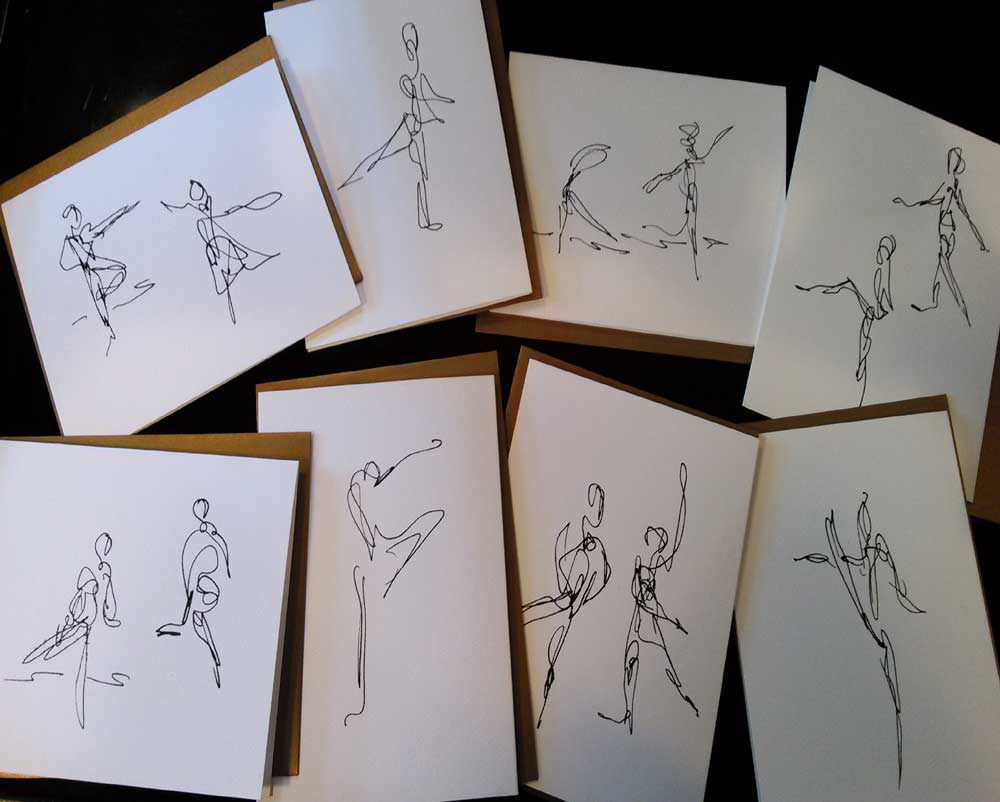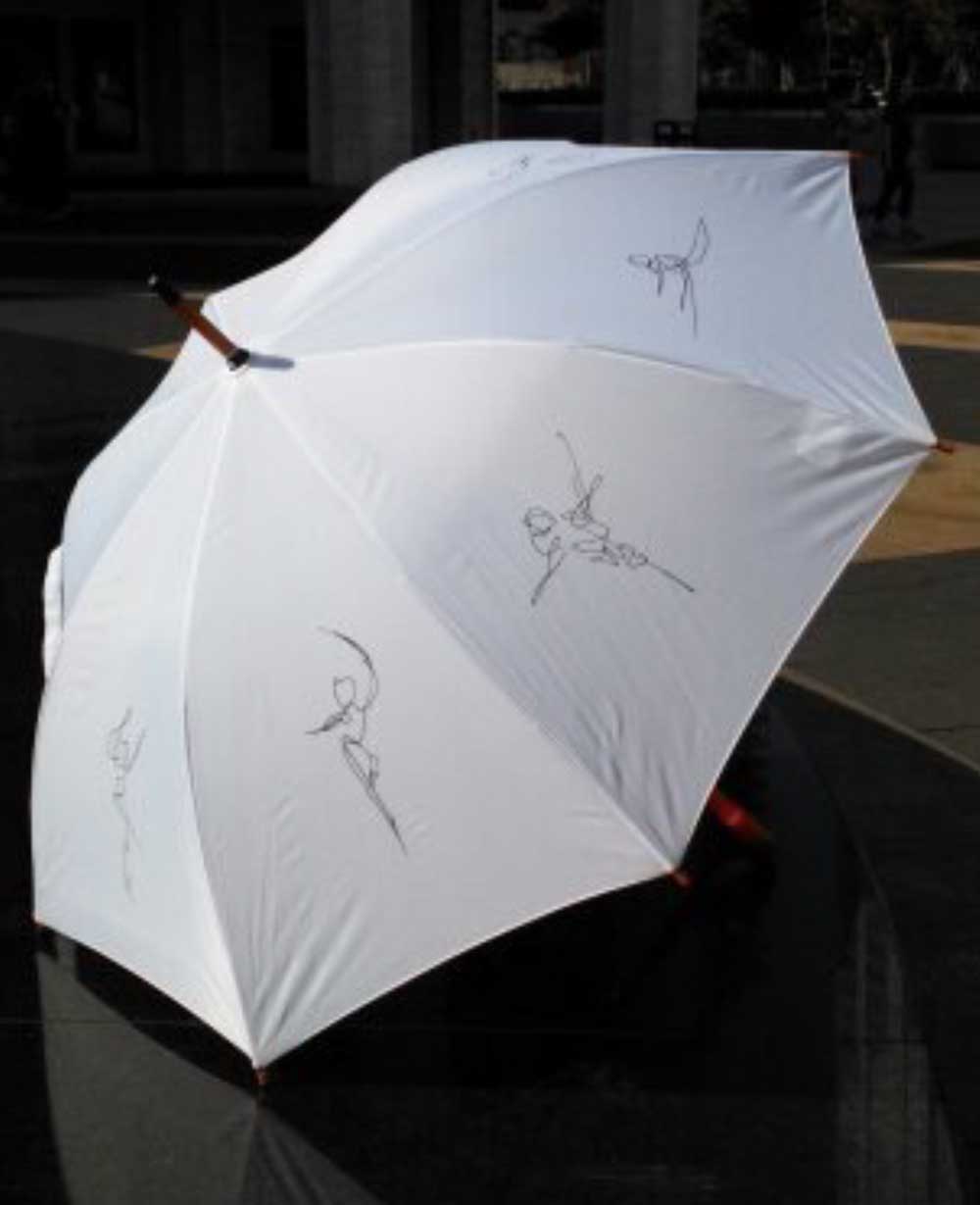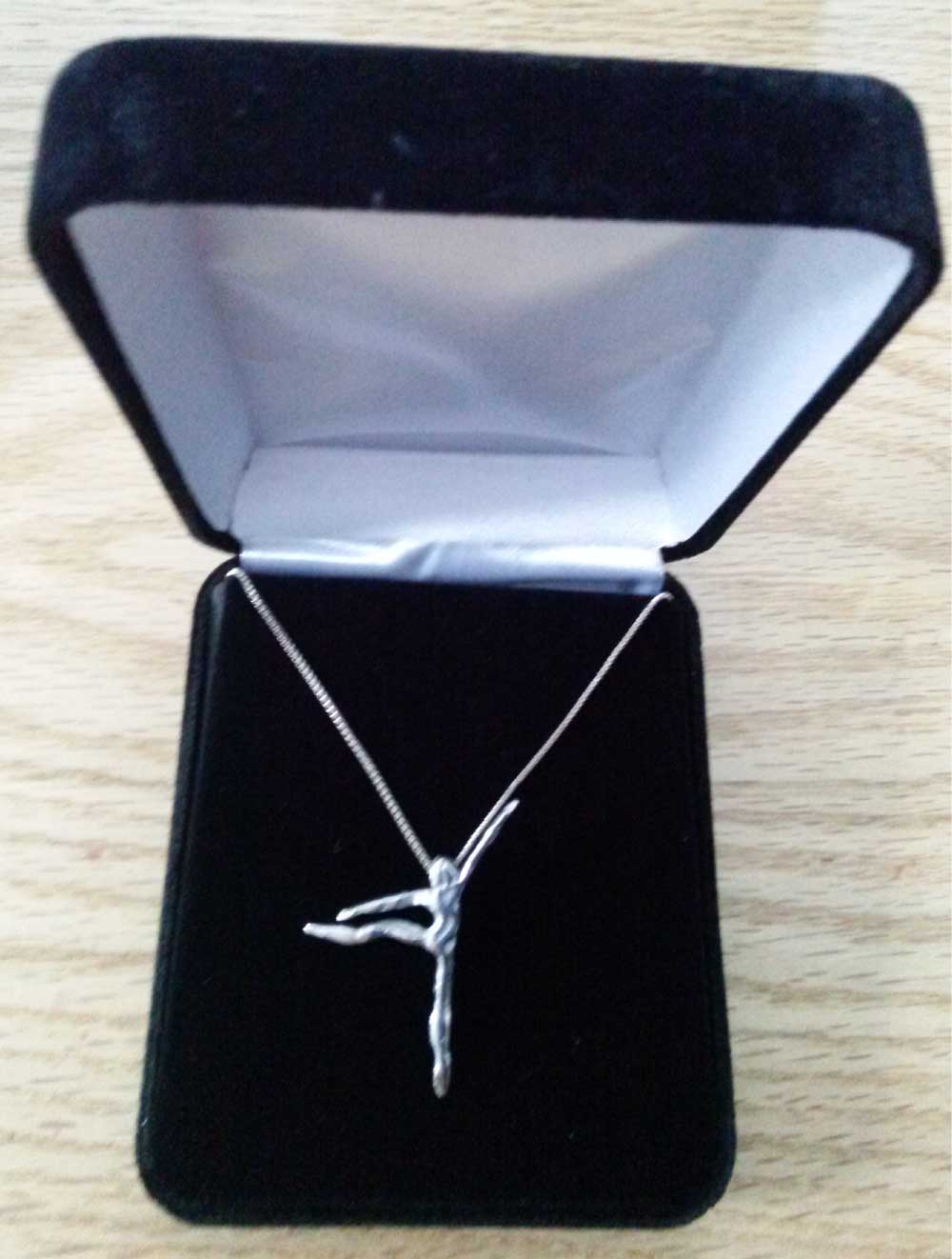27 Apr Woman in Design: Ilana Appleby
Why are women designers important contributors to the discourse on global change?
I see myself as a designer, not a “woman designer.” Design is a basic human activity, and I’m glad to be living in a time and place where I’m not excluded from this compelling and life enhancing profession due to my gender.
Women designers like men designers contribute to the diverse and dynamic fields of the visual and performing arts, engineering, architecture, the sciences, medicine, fashion and the culinary arts. Rather than purport a gender based binary view of contributions to design, why not go by “the more the merrier”? In this application, “more” pertains to an increased number of facets of everyday life and problems being identified, explored, and solved. As human needs and interests are elucidated, each designer has an opportunity to put forward ideas in competitive and collaborative milieus to enrich individual and group experiences and advance societies globally.
Women are working in teams, in communities and with governments to find ways to collaborate and have an impact. What was the last project you worked on to improve your community?
Building community, for me, took the form of serving as a volunteer in the past year in the following community outreach events in the greater Fairfield County of Connecticut, touching the lives of three generations of residents across economic and political strata:
Outdoor Art Festivals in Connecticut in Westport, Greenwich, and Norwalk
Rowayton Arts Center Exhibition Opening Reception
Stamford Jewish Community Center Special Events
Name a woman designer other than yourself, living or deceased, that you think made an impact on the world.
Here are three women artist/designers who shared innovative, groundbreaking, and inspiring
works:
Yayoi Kusama
Frida Kahlo
Yoko Ono
These women gave themselves permission to call themselves artists/designers and got the world to pay attention. A confluence of creative, imaginative, and conceptual processes resulted in the communication of innovative ideas by representing and rendering them in various media. As role models, if not in effect mentors, their enthusiasm proves contagious, encouraging others to deliver likewise.
Ilana L. Appleby’s drawings of dancers in performance and rehearsal are inspired by the American Ballet Theatre and the Connecticut Ballet, and informed by many muses:
• Edgar Degas’ subject of the dancer
• Al Hirschfeld’s capture of expression and gesture of stage performers as he sketched from the audience
• Keith Haring’s simplicity in the capture of human movement and emotion
• Alexander Calder’s athletic circus wire figures
As iconic, expressive, and compelling as the works of the masters before her, Appleby’s drawings convey the motion, gesture, liquidity, strength, and vitality of the graceful athletes, and reveal the love of the art form of ballet.
Attending dozens of performances, dress rehearsals, and in-studio visits of the ballet inspired Appleby as an award-winning artist specializing in pen and ink drawings, to produce several hundred drawings of the dancers. Note that most of these were done in the dark! The images capture the grace, athleticism and joy of the dancers, and have proven popular with staff, dancers, audience members, and the general public. The minimalist drawings invite viewers to participate in a visual dialogue, immersing themselves in the moment, and “filling in” the blanks, akin to the audience doing so with the “space between the words” in dramatic productions, and the “space between the notes” in musical performances.
Dancer Art Notecards © are available as 96 different cards packaged individually in clear cello sleeves, or as one of twelve different tulle decorated boxed sets of eight different drawings each, (designated in Italian as Primo, Secondo, Terzo, Quarto, Quinto, Sesto, Settimo, Ottavo, Nono, Decimo, Undicesimo, and Dodicesimo). Wearable accessories with hand-painted dancer motifs include silk scarves and umbrellas. Original Dancer Art “Arabesque” pendants and tie tack/lapel pins are available in precious metals. Works–in-progress include rendering the energy of the dancers in earrings, brooches, and cufflinks. All items are artisan produced in the U.S.A.
Images © Ilana Appleby. Used with permission.




